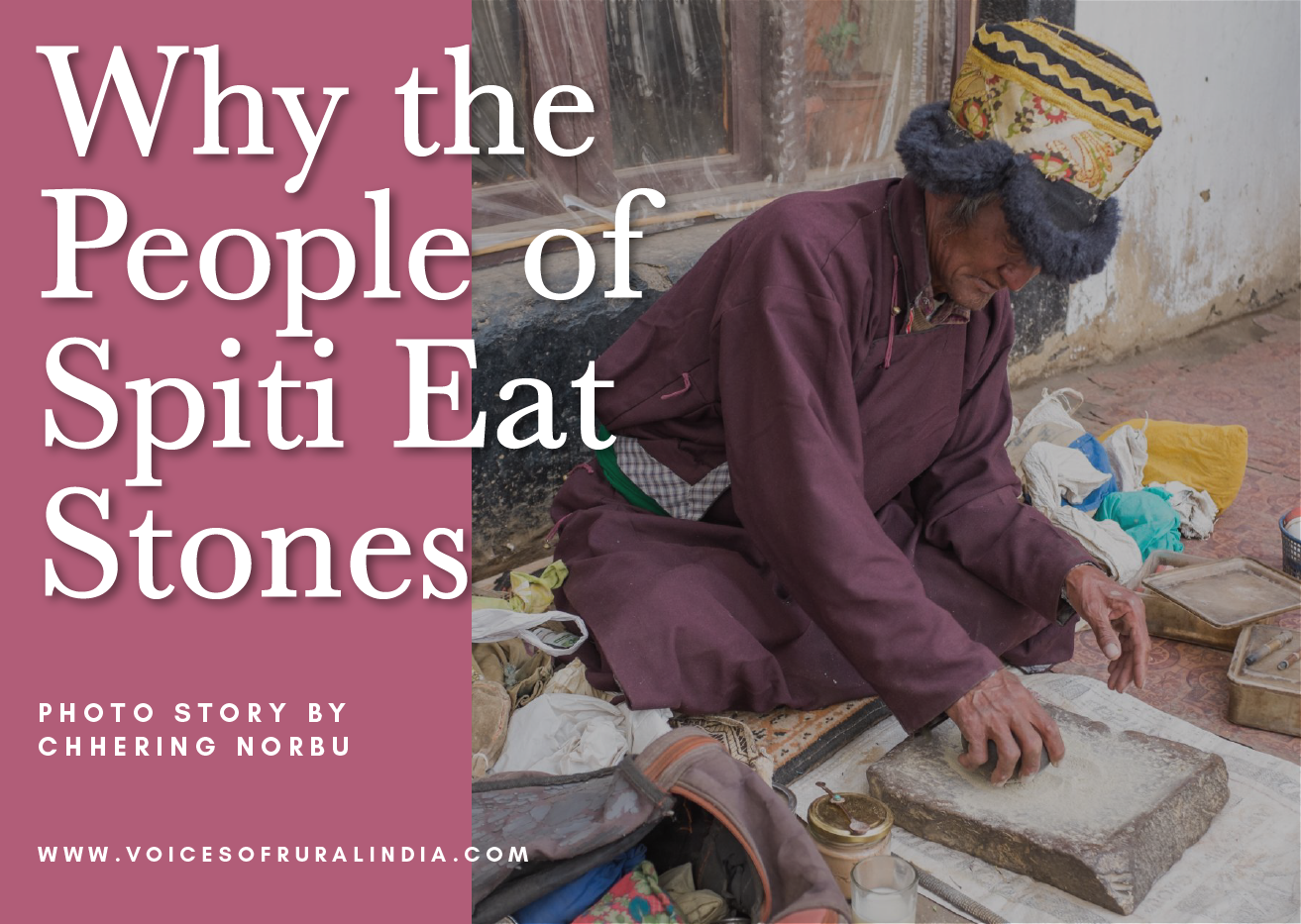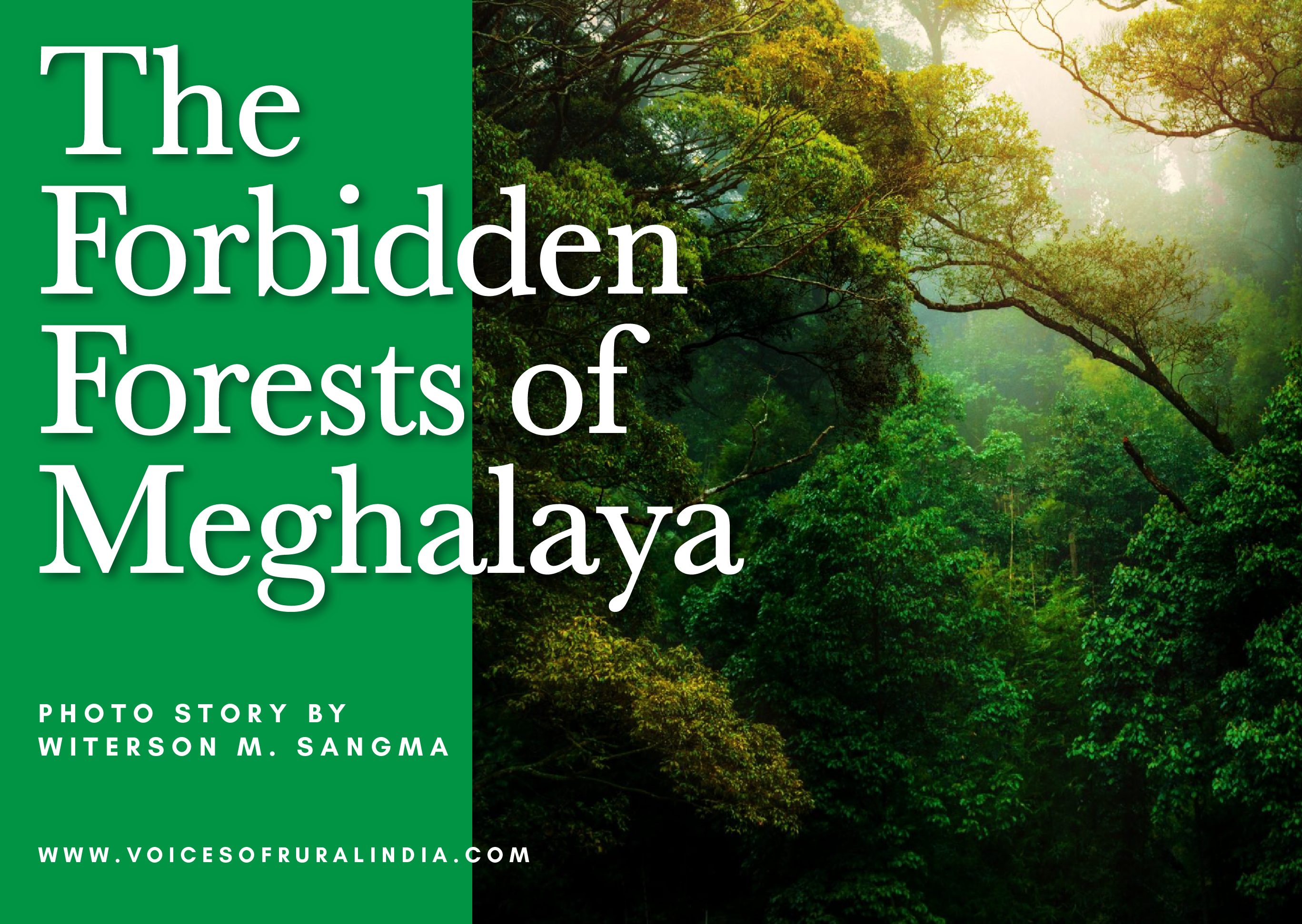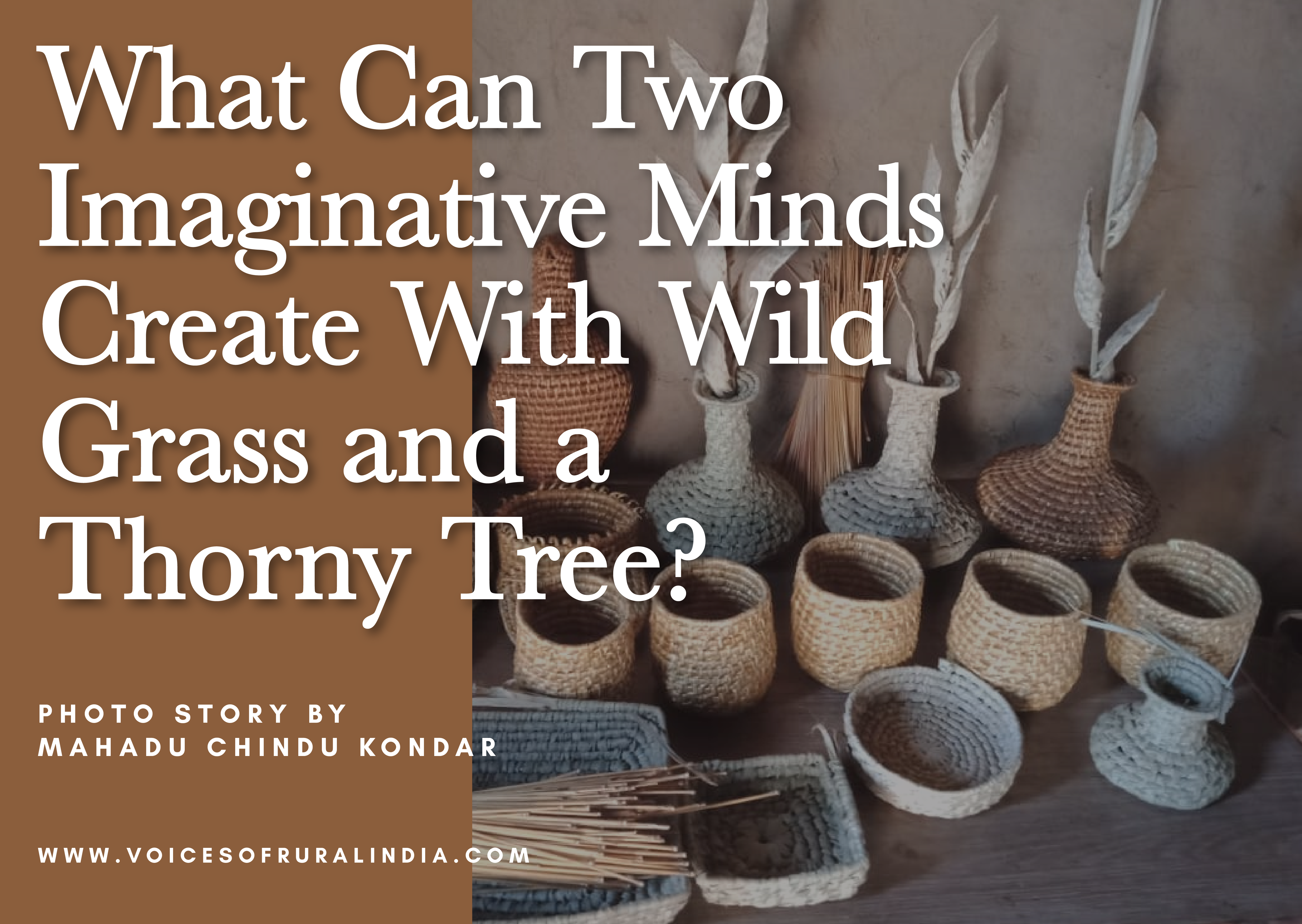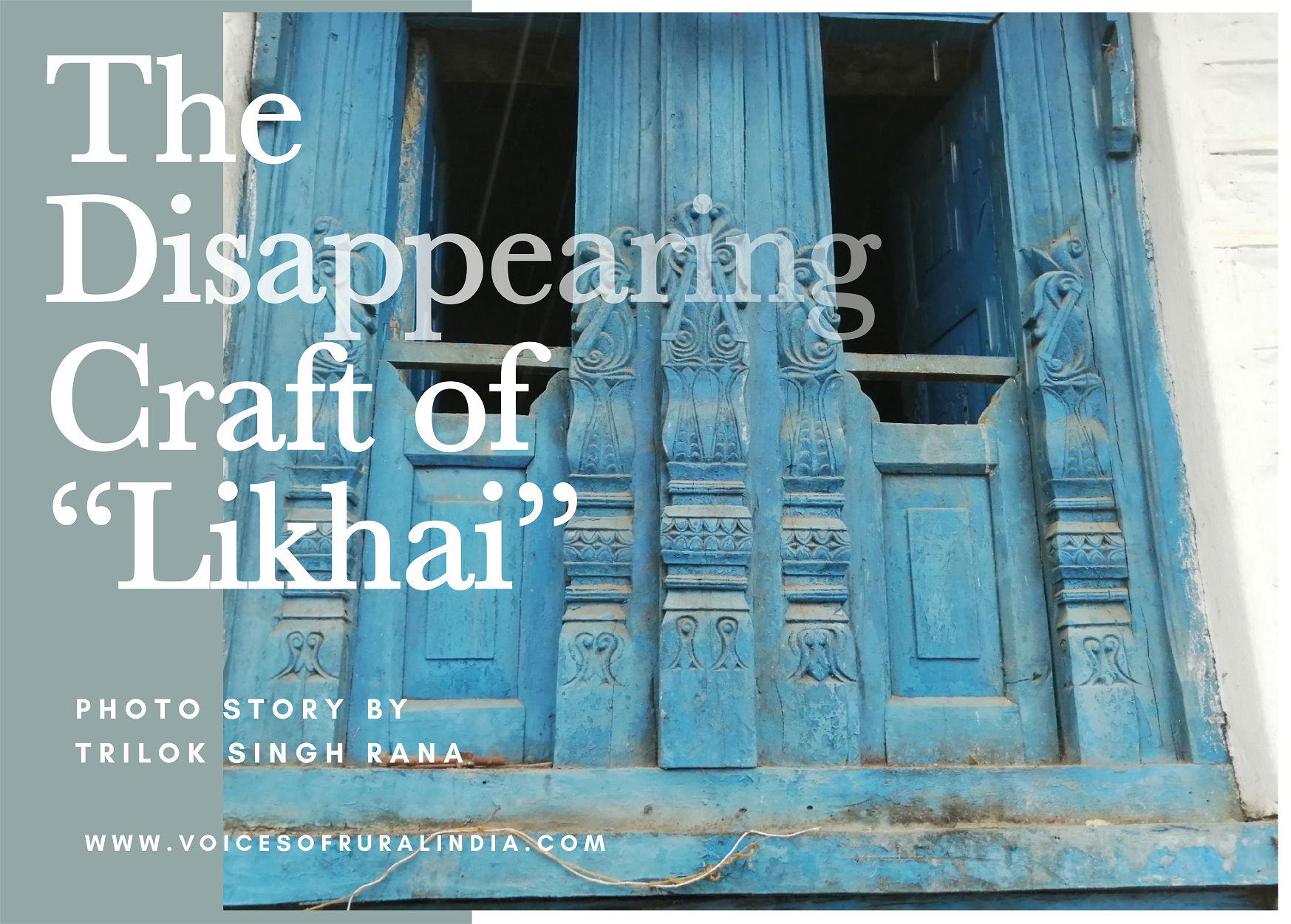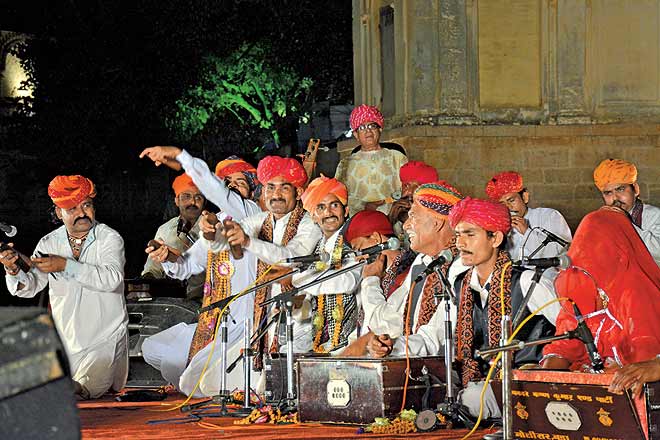
Prakriti Foundation--s Festival of Sacred Music transforms Thiruvaiyaru in Thanjavur into an inclusive location for responsible tourism.
Imagine, I am told, school kids tidying up the Cauvery and her shorelines at Thiruvaiyaru as part of a community campaign that engages them in the goings-on. Imagine the Kalyan Mahal Ghat also looks spiffy and a stage is set at the top. Imagine dusk has fallen, fresh floral decorations are in place, and hundreds of earthen lamps are lit up. But because you can’t be craning your neck to see the performers from the bottom of the steps, the audience must be moved away. It’s logical. So imagine there’s a bamboo bridge over the sparse puddle of water that’s the river here, and we can climb over it to sit on the opposite sandbank. I have been to Thiruvaiyaru more than once. It’s really quite hard to imagine all this. The one exception is Prakriti Foundation’s Festival of Sacred Music (www.festivalofsacredmusic.com), now in its seventh edition, during which the nondescript town and its invisible history is revived into something magical. Curator-catalyst Ranvir Shah, Prakriti’s founder, not only conceived of such a setting, this past spring he had 45 Manganiyars from Rajasthan performing for a 1,000-strong audience in the deep heart of rural Tamil Nadu.

Like so many heritage towns in India, Thiruvaiyaru’s momentous legacy is overshadowed by its present condition. Dammed and barraged upstream, the sacred Cauvery flows to the fitful whims of her human masters. On the highway from Thanjavur to here, a distance of about 15 kilometres, travellers cross bridges over four more rivers—the Vadavar, Vettar, Vennar and Kudamurutti, which together with the Cauvery give Thiruvaiyaru (ai = five, aaru = river), and the deity of the magnificent Shiva temple here (Panchanadeeswarar in Sanskrit, or Aiyarappan in Tamil), their names. The old town was a royal enclave structured like a grid; the erstwhile home of the Tanjore Quartet is still here to see (four brothers, Chinnayya, Ponnayya, Vadivelu and Sivanandam, were legends who made Bharatanatyam what it is today). This is also where saint-composer Thyagaraja lived and created most of his celebrated work, and the annual Aradhana that pays homage to him witnesses the arrival of great throngs of Carnatic music followers. Shah dreams of restoring to Thiruvaiyaru the honour of being a continually celebrated centre for the arts, a modern Avignon or Edinburgh. Thus , the Festival of Sacred Music (FOSM), and more.
Prakriti’s projects are holistic and simultaneously empathetic to multiple concerns. On the face of it, FOSM has daringly diversified Thiruvaiyaru’s listening pleasures—headliners have included a shehnai-nagaswaram jugalbandi, a thumri recital, a choir, qawwalis, Buddhist chants, and alternative rock. The same festival also invites marquee performers from the Carnatic classical fraternity such as Sanjay Subrahmanyan, Aruna Sairam, T.M. Krishna and Bombay Jayashri Ramnath. None of the shows is ticketed.
The location, meanwhile, supercedes everything. The venues have included the Panchanadeeswarar temple mandapam, the Pushya Mahal and Kalyan Mahal ghats, Rajah’s College, the Chettiar Chatram (a choultry) and the Diwanwada Palace, buildings in varying degrees of neglect and ruin re-imagined with an exquisite aesthetic. For instance, before a performance, a diya flickers in every aperture of the tall dovecote in the Diwanwada Palace, which Shah has acquired and plans on converting into a boutique art hotel soon. As he puts it, mildly, “We host the event in found spaces around Thiruvaiyaru.”

Naturally, the concerts are not the objective in themselves. Shah reiterates, “The Festival of Sacred Music is about reviving the best of Thiruvaiyaru—its arts and music, its landscape and the local life—for heritage preservation and responsible rural tourism.” Since 2013, Prakriti Foundation has additionally been spearheading the Clean Cauvery Campaign with about 1,200 students from 13 local institutions. Awareness-building heritage walks have been arranged for 700 students this past year alone. Winners of a keenly contested group singing competition for young students are the opening act for an evening of music by renowned artistes. Prakriti works in close collaboration with culture doyen Dr Rama Kausalya’s Marabu Foundation, which has its roots in Thiruvaiyaru, and with Intach’s Thanjavur and Pondy chapters, to arrive at such inclusive mandates.
Shah’s approach goes to the roots of the problems. He is building eco toilets so that the ghats don’t end up as public urinals, cleaning up the surrounds and undertaking solid waste management with help from municipal staff as part of the Swacch Bharat movement, opening a museum of music and the arts, endowing artist residencies, and improving Thiruvaiyaru’s tourism potential via self-help groups working with weavers, cloth dyers, printers and makers of local handicrafts, and offering an alternative source of employment for young people and their families to work as guides and homestay hosts.

In 2007, Shah also purchased a house in the little village of Thirupugalur, about an hour’s drive from Thiruvaiyaru. Now the painstakingly and beautifully restored Mangala Heritage Home outfitted with all mod cons in just three rooms, Shah plans on lavishing the same attention on another house here, in time, although he would not want the quiet village to be subjected to anything more than ten roomfuls of tourists. “You don’t want them to wake up in the morning to the sight of foreigners strolling about in shorts,” he says with an easy laugh that belies his dedication. “Tourism must not disrupt the natural rhythm of a place.”
Back in Chennai, where Shah founded Prakriti in 1998 to, “host events enquiring into our cultural heritage and inheritance”, the organisation has been the moving force behind varied festivals themed around experimental cinema, and poetry and theatre, turning the southern metro’s conservative image on its head with eight fixtures ranged over the year (among them, the Park’s New Festival, now a major multi-city event; One Billion Eyes, a documentary festival; and Hamara Shakespeare, in which the bard’s works are seen with an Indian twist).
“What struck me as most unique about Prakriti’s efforts with the Festival of Sacred Music, and in Thirupugalur, is their multilayered approach to culture,” says Dr Saskia Kersenboom, a noted Dutch scholar who holds Unesco-certified dance residencies for her students in Thirupugalur. “Culture, heritage and tradition are highly dynamic phenomena. Usually, those segments or layers that do not feed into current political fashions suffer. This does not mean that they have become redundant. On the contrary, they often represent the more interesting long-term potential in sharing a cultural identity.”


